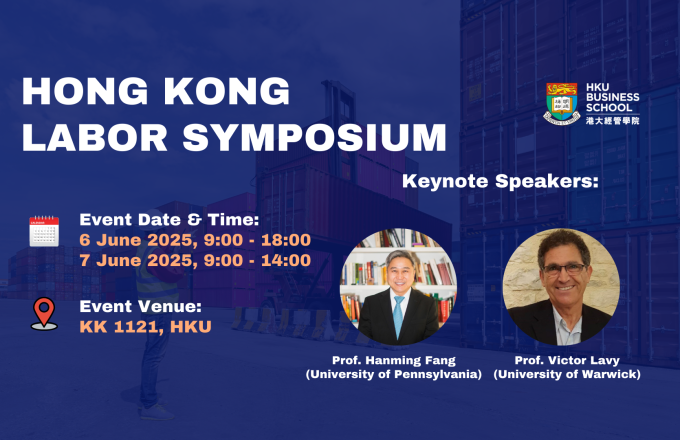Using difference-in-differences to study social distancing and remote work during the COVID-19 pandemic
Dr. David Holtz
Assistant professor in the Management of Organizations (MORS) and
Entrepreneurship and Innovation groups
Haas School of Business
University of California, Berkeley
In this talk, I will present two different papers that both use a difference-in-differences empirical strategy to study a) the effects of shelter-in-place mandates on human mobility and b) the effects of firm-wide remote work on collaboration and communication. Both studies focus on quantifying not only direct effects, but also spillovers.
In the first paper, we study the effects of shelter-in-place mandates on human mobility. As local governments relaxed shelter-in-place orders worldwide during the summer of 2020, policy makers lacked evidence on how policies in one region affect mobility and social distancing in other regions and the consequences of uncoordinated regional policies adopted in the presence of such spillovers. Our analysis suggests the contact patterns of people in one region are significantly influenced by the policies and behaviors of people in other, sometimes distant, regions. When just one-third of a state’s social and geographic peer states adopt shelter-in-place policies, it creates a reduction in mobility equal to the state’s own policy decisions, highlighting the need for national coordination. The paper gives governors a roadmap for coordination in the absence of national leadership and applies globally to other regions lacking coordination.
In the second paper, we study the effects of firm-wide remote work on the collaboration and communication patterns of information workers. The COVID-19 pandemic caused a rapid shift to full-time remote work for many information workers. Viewing this shift as a natural experiment in which some workers were already working remotely before the pandemic enables us to separate the effects of firm-wide remote work from other pandemic-related confounding factors. Here, we use rich data on the emails, calendars, instant messages, video/audio calls and workweek hours of 61,182 US Microsoft employees over the first six months of 2020 to estimate the causal effects of firm-wide remote work on collaboration and communication. Our results show that firm-wide remote work caused the collaboration network of workers to become more static and siloed, with fewer bridges between disparate parts. Furthermore, there was a decrease in synchronous communication and an increase in asynchronous communication. Together, these effects may make it harder for employees to acquire and share new information across the network.











